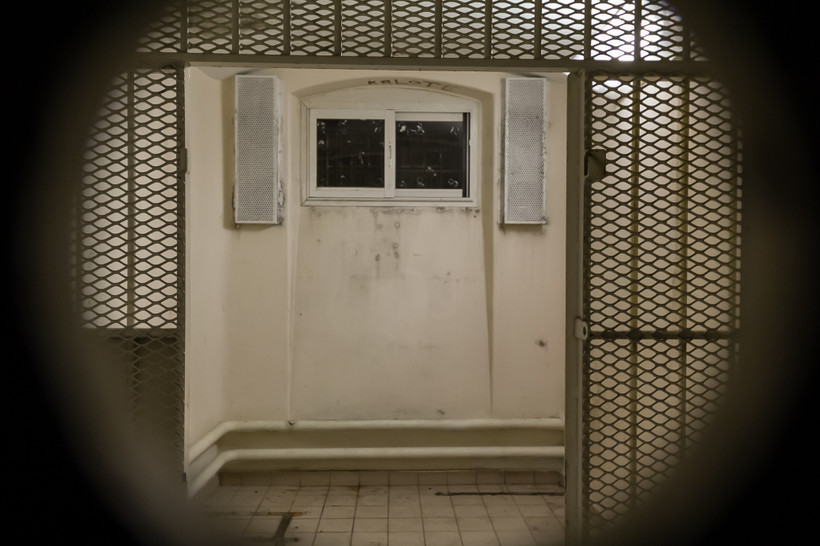State Prisons Are Routinely Violating New York’s Landmark Solitary Confinement Law
Five months after a law to scale back solitary confinement went into effect, a majority of the New York prison system’s solitary population had been held there for longer than the law permits.

- Prisons Are Illegally Throwing People With Disabilities Into Solitary Confinement
- Solitary by Another Name: How State Prisons Are Using ‘Therapeutic’ Units to Evade Reforms
- Lesser Infractions Aren’t Supposed to Land You in Solitary Confinement. They Do Anyway.
- New York’s Prison Chief Ordered Guards to Illegally Shackle People to Desks
- To Implement a New Law, Prisons Likely Broke Another
- Can Anyone Make New York Prisons Follow Solitary Confinement Law?
- Prison Department Writes Its Way Out of Following Solitary Confinement Law — Again
- A Law Hasn't Fixed Solitary Confinement in New York. Can a Lawsuit?
“We go from one concrete enclosure to another concrete enclosure.”
“There’s no accountability from DOCCS whatsoever. There’s no oversight. And it’s just a mess right now.”
Rebecca McCray contributed reporting.


